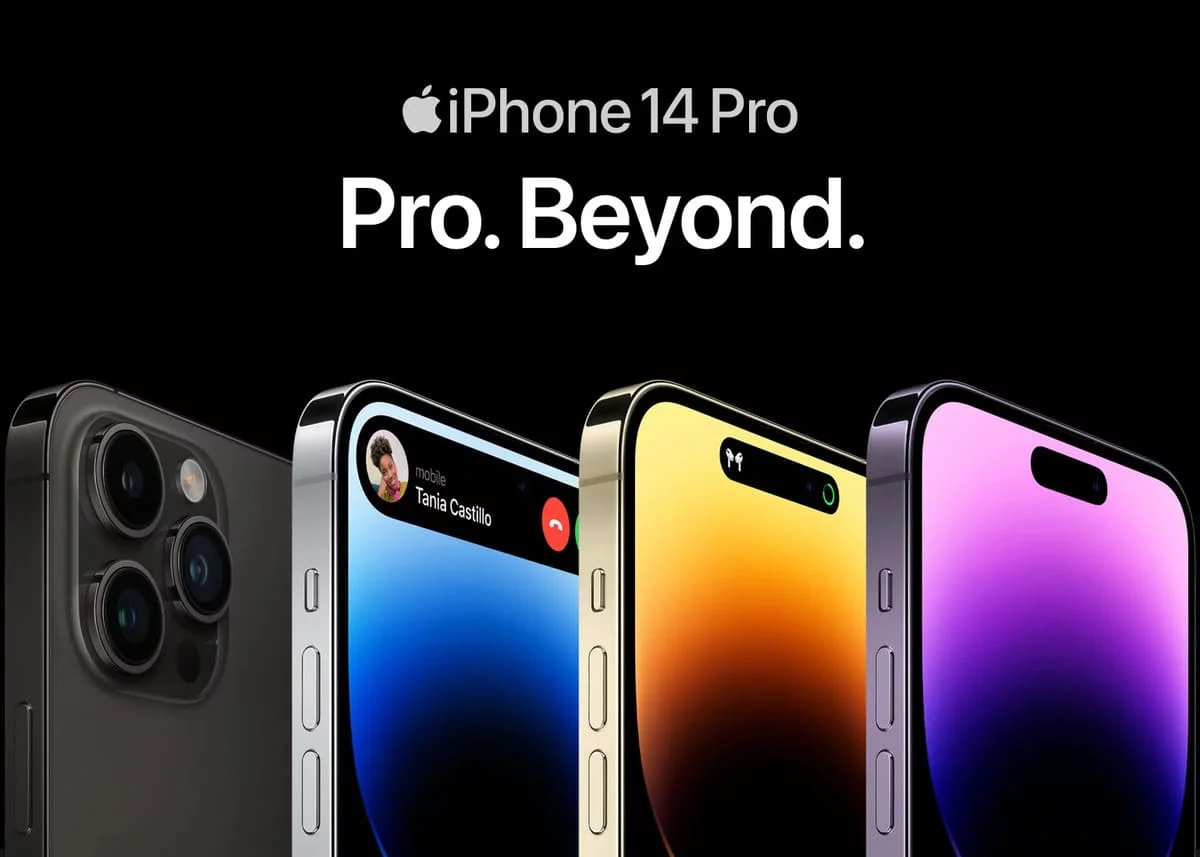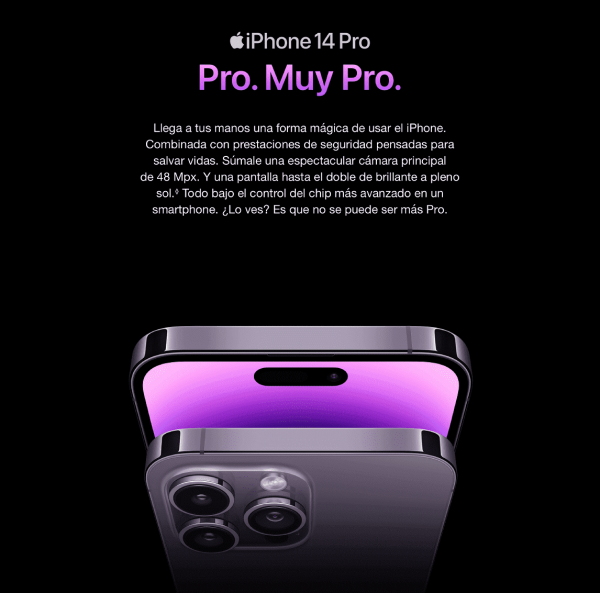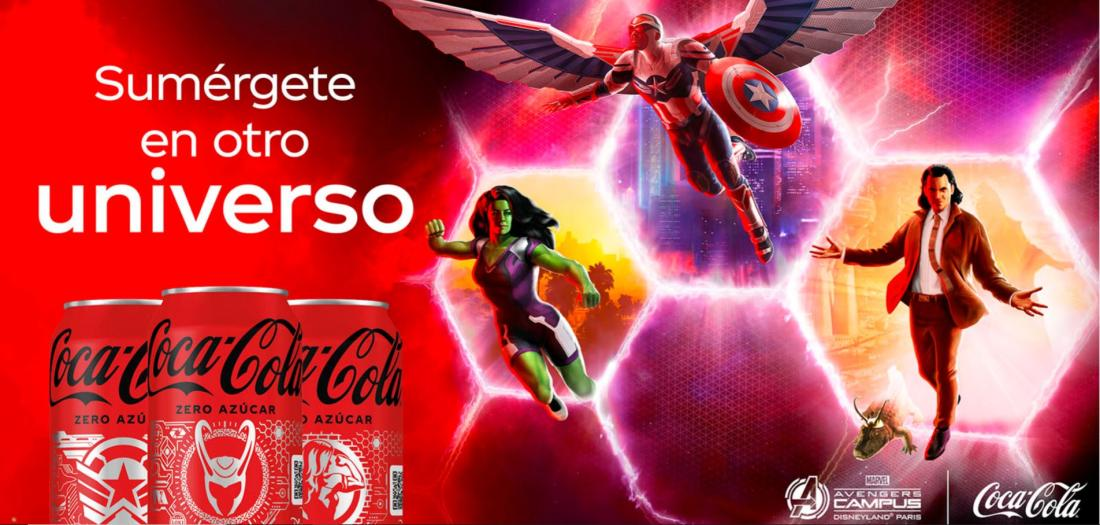For global businesses, reaching customers across different cultures and languages is now more important than ever. You might have a fantastic product or service, but if your message isn’t relevant or accurate for your audience, you could be missing out on valuable opportunities.
This is where transcreation comes into play.
Understanding and implementing transcreation can be a game-changer for your global marketing strategy. Below, we’ll explore how it can power your business growth, from enhancing customer engagement to boosting your brand’s multilingual campaigns.
What are transcreation services?
Transcreation is all about giving your message a fresh, creative twist for different cultures and languages. Unlike traditional translation, which focuses only on converting words from one language to another, transcreation goes a step further and captures the essence of your original content—its tone, style, and emotional impact. This process also involves adapting content to more effectively resonate with your target audience.
A clever marketing tagline that works perfectly in English might fall flat in another language if translated literally. However, transcreation ensures that your message feels natural and engaging, making it more likely to connect with potential customers.
For example, when Apple launched the iPhone 14 Pro globally, it didn’t simply translate its slogan, “Pro. Beyond.” In Spanish, Apple changed it to “Pro. Muy Pro,” meaning “Pro. Very Pro.” This change maintained the original slogan’s professional tone, was grammatically correct, and worked well with the Spanish audience—a win-win! That’s the power of transcreation.
 Apple’s iPhone 14 Pro slogan in English (Source)
Apple’s iPhone 14 Pro slogan in English (Source)
Apple’s iPhone 14 Pro slogan transcreated in Spanish (Source)
Typically, a transcreation team includes native speakers who possess a deep understanding of the target market’s cultural context, idioms, and emotional triggers. This process may also involve linguists, copywriters, and local market experts who collaborate to ensure that the adapted content maintains the original’s intent while remaining engaging and culturally relevant. Project managers often play a crucial role in coordinating these efforts as well by overseeing the transcreation process so it runs smoothly and meets deadlines.
Transcreation in action
Let’s take a look at some great (and some not-so-great) examples of how well-known businesses have leveraged transcreation for their international marketing campaigns:
Successful transcreation examples
Successful brands understand cultural nuances and pay attention to the subtleties of their target market’s language. As a result, they adapt their marketing messages to fit local customs, values, and preferences.
Here are a few examples of companies that have done this well:
Coca-Cola
For a Marvel-themed promotion, Coca-Cola used the slogan “The multiverse awaits” in English. In Spanish, it became “Sumérgete en otro universo,” which translates to “Immerse yourself in another universe.” This transcreated slogan captured the campaign’s excitement more effectively for a Spanish-speaking audience than a direct translation would.  Coca-Cola transcreated its Marvel campaign slogan in Spanish. (Source)
Coca-Cola transcreated its Marvel campaign slogan in Spanish. (Source)
McDonald’s
McDonald’s changed its iconic slogan, “I'm lovin’ it,” to “Me encanta” in Spanish, which translates to “I enjoy it.” This change avoids the strong connotations of romantic love that a more direct translation would convey, making it more culturally appropriate for a restaurant.
Haribo
Haribo’s German slogan, “Haribo macht Kinder froh, und Erwachsene ebenso,” translates to “Haribo makes children happy, and adults too” in English. In French, it became “Haribo c’est beau la vie, pour les grands et les petits,” meaning “Haribo life is beautiful, for adults and children,” which effectively captures the brand’s playful essence.
Unsuccessful transcreation examples
Literal translations can lead to embarrassing and sometimes offensive results. Because of this, it’s crucial to understand your target language and culture deeply, including local slang and taboos.
Here are some examples of transcreation gone wrong:
Pepsi
A direct translation of Pepsi’s slogan, “Come alive with the Pepsi generation,” into Chinese read, “Pepsi brings your ancestors back from the grave,” which was not only incorrect but also culturally insensitive.
Parker Pens
Parker mistranslated its slogan, “It won’t leak in your pocket and embarrass you,” into Spanish as, “It won’t leak in your pocket and make you pregnant,” due to the confusion between the English word “embarrass” and the Spanish word embarazar (to become pregnant).
Why transcreation is a growth strategy
Since only 16.5% of the world’s population speaks English, there is significant potential to expand your business and engage with new audiences. As of 2021, nearly 68 million of the approximate 333 million individuals who live in the United States don’t speak English as their first language.
This linguistic diversity presents both challenges and opportunities for businesses. If they don’t address non-English-speaking audiences, companies may not be able to connect with over 80% of the global population and about 20% of the US market.
Transcreation can help businesses bridge this gap by adapting content to fit different cultural and linguistic groups. When you invest in transcreation, you’re not just adapting your content for a new market—you’re also opening the door to deeper connections with potential customers.
Speaking directly to the heart of your audience’s needs enhances your brand’s appeal and increases the chances that you’ll convert interest into sales. Transcreation as a growth strategy helps your business stand out and thrive in diverse environments.
When to use transcreation vs. translation vs. localization
Transcreation is essential for fueling your company's international growth, but it may not be the only approach to consider for your global content initiatives.
In a nutshell, here are the key differences between transcreation, translation, and localization:
| Aspect | Transcreation | Translation | Localization |
|---|---|---|---|
| Definition | Creating new content inspired by the source that is tailored for a specific audience | Converting source text from one language to another while preserving the original meaning | Adapting content to fit a specific locale while considering cultural and linguistic factors |
| Focus | The original message’s emotional impact and cultural resonance | Accuracy and fidelity to the original text | The content’s cultural relevance and appropriateness |
| Process | Starts with a creative brief and often involves copywriters instead of translators | Involves direct, word-for-word language conversion | Starts with translation but includes adjustments for cultural differences, visuals, and context |
| Common uses | Ad campaigns, slogans, and brand messaging | Technical documents, legal texts, and factual content | Websites and marketing materials |
When deciding whether to use transcreation, translation, or localization for your business’s content, keep the following things in mind:
- Translation alone is best for straightforward, informational content that you need to accurately convey in another language, like instruction manuals, product descriptions, or FAQs. The goal is to preserve the original meaning while adapting the content to the target language’s grammar and style.
- Localization, on the other hand, takes this a step further by adapting content to a specific culture and locale. This process is ideal for websites, software, or marketing materials that need to resonate with a local audience. Localization often involves translating text, but it can also focus on adjusting visuals, layout, currencies, and more. For example, Nike has a unique look and feel for each country’s website.
- Transcreation is most helpful for creative marketing content that needs to evoke the same emotional response in the target market as in the source market. Transcreators aim to preserve the original content’s core message and intent while re-crafting it to fit the new language and culture. This is common for taglines, slogans, social media content, ad campaigns, and other marketing collateral.
Translation services can be a major advantage for your global brand because they often offer all three—professional translation, localization, and transcreation. This means you can get tailored support for any content type or format so your message is always accurate and appropriate for your global audience.
How to implement transcreation in your content creation workflow
When creating content for international audiences, it's crucial to consider transcreation from the very beginning. By incorporating transcreation into your workflow early on, you can be sure that all your content—both old and new—is engaging and relevant to your target audiences, no matter where they are in the world.
Let’s look at some specific strategies you can use to successfully implement transcreation:
Clearly define your goals and target audience
It's essential to clearly define your objectives for your target market. Think about what specific emotions or actions you want to evoke with your brand message. This will guide your efforts and ensure that the transcreated content matches the original message and effectively connects with your audience.
Next, conduct thorough market research to understand your target audience’s preferences, values, and cultural nuances so you can tailor your approach to meet their needs.
Market research can include:
- Demographic information like age ranges, gender distribution, income levels, educational backgrounds, and geographic locations
- Psychographic insights like values and beliefs (such as sustainability and innovation) or lifestyle choices (such as health-conscious or tech-savvy)
Once you have a solid grasp of your audience’s preferences, create detailed buyer personas. These personas will help you align your marketing strategies with your audience’s desires and expectations.
Collaborate with skilled transcreators
When it comes to reaching new audiences, partnering with transcreation experts can make all the difference. These professionals are not just fluent in the target language—they also understand the culture and nuances that shape how audiences receive brand messages. Look for transcreators who have expertise in your industry and understand the terminology and trends that matter. This will help you maintain your brand’s voice and integrity.
To make the process easier, you can also use a professional transcreation tool like Smartling’s. With Smartling, you also gain access to a network of industry-specific, native-speaking translators who are skilled not only in language translation but also in transcreation. This allows them to creatively adapt content while preserving the original message, tone, and intent.
Provide a detailed creative brief
A creative brief provides a clear understanding of the original message, including its goals and the emotions it aims to evoke. The brief also outlines the target audience’s demographics, interests, and cultural nuances. This information is crucial for tailoring your content to resonate with local preferences and behaviors.
In a conversation with Smartling, Anja Jones, a translation expert and the managing director at AJT, emphasized the critical role of a comprehensive brief in transcreation projects. She noted that successful transcreation “starts with a good creative brief.”
To capture the original content’s tone and impact in transcreated content, it’s also helpful for transcreators to look at the original creative brief. When they have access to this brief, they can understand the key messages, who the audience is, and the overall creative direction. This way, they can adapt the content for a new language and culture in a way that feels just right.
How Smartling simplifies transcreation
Achieving effective transcreation starts with using the right tools and collaborating with professional language service providers. Smartling’s transcreation tool offers a range of features designed to enhance the localization process, making it easier for businesses to connect with diverse audiences.
Here are some key benefits that Smartling provides:
- Streamlined workflow: Smartling automates the content input and translation processes, which allows businesses to easily collect and manage their content for translation. This reduces manual effort and speeds up the overall process.
- Native-speaking translators: Smartling’s human translators are native speakers who deeply understand the audiences they translate for. This allows them to easily adapt content to different languages and cultures while preserving the original content’s meaning and tone.
- Real-time collaboration: Smartling allows direct communication between translators and project managers, streamlines the review process, and enables quick adjustments as needed.
Businesses that want accurate, efficient translations can count on Smartling’s transcreation services to get the job done right.
Want to see our services in action? Book a meeting with the Smartling team today.
%20052925%20-%20AI%20Translation%20101%20(1).png)
.jpg)